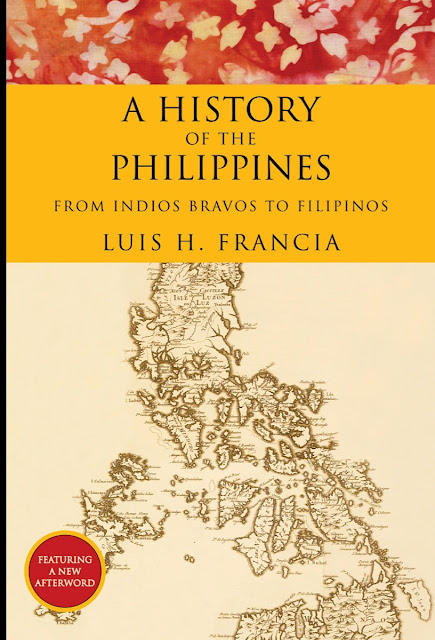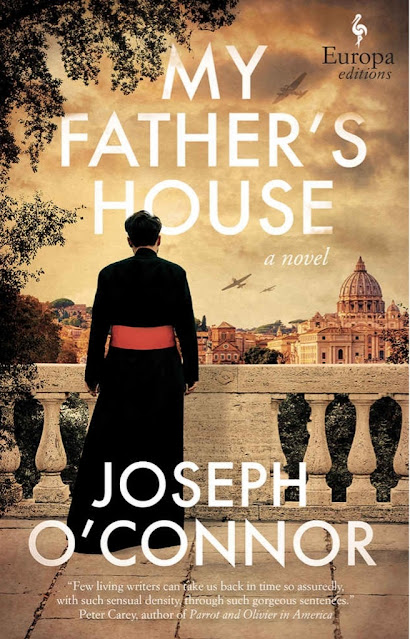The Year of No Garbage:Recycling Lies, Plastic Problems and One Woman's Trashy Journey to No Waste by Eva Schaub- Forthcoming January 2023- 336 Pages
"When we say “garbage” what we’re really saying is climate change. What we really mean is discrimination. What we really mean is cancer. Garbage is at the root of so many things that are going wrong in the world today— from global warming and environmental racism to cancer: the number two killer of Americans— and it’s getting worse all the time." From a year of no Garbage by Eva Schaub
This is a delightful account of Eva Schaub's very determined attempt to go a year without
Creating any garbage. Living in Vermont with her husband and her two daughters, one in high school the other in college, she, began to wonder about what eventually happens to the estimated 6000 plus pounds of stuff they put in the garbage bins in front of the house.in a year. Having written a book about her experiences totally cutting sugar from their diet, A Year Without Sugar, she decides to embark on a year of serious recycling while eliminating as much waste as possible. To make it all the more challenging, soon after she starts, the Covid Pandemic begins.
The memoir is a blend of her challenges and what she learned about the terrible impact the extreme pervasiveness plastics have on the environment and the deceptions employed to make well meaning people feel good when they drop things in a recycling bin at the grocery store when in fact doing this just perpetuates problems. Garbage is moved from affluent places, "liberal" places and dumped on the poor areas. No predominantly White Country accepts garbage from other countries, no first world country. The fees paid to dump garbage go into the pockets of leaders of poorer countries.
The first challenge Schaub faced was getting her family on board. Her husband Steve liked the idea,her two daughters reaction was "whatever,Mom". She soon realised how much plastic there was in the food she buys at the supermarket. Chicken, one example, comes in a plastic covered package with small plastic inserts under the Chicken. In order to recycle things they must be washed and dried.
I learned from Schaub how plastic pollution raises the temperature of oceans, destroying reefs and acquatic life on a huge scale. CO2 released from the plastic disposal contributes much more to global warming than fossil fuels. Schaub searched for ways to cut down on her consumption of plastic. She acknowledges that her relative afluence made it possible for her to devote time and money to the project.
About half the book is involved with her findings. I want to share some of them here. But first I wish to share two seminal thoughts, totally supported by Schaub's findings, by academic scholars.
Author Adam Minter gives a haunting description of the global plastics recycling center in Wen’an, China, and the scrap plastics trade in his 2013 book Junkyard Planet. At the time this “shadowy trade” often involved burning unusable plastics in the streets and dumping unusable plastics and plastic cleaning fluids into a giant pit on the outskirts of town. The people of the city were suffering strange new ailments involving strokes, paralysis, and lung scarring. “Wen’an is the most polluted place I’ve ever visited,” Minter writes.
Yes this is where Covid probably started.
In her book A Terrible Thing to Waste: Environmental Racism and Its Assault on the American Mind , author Harriet A. Washington explains that “African Americans and other people of color are 79 percent more likely than white US residents to live in neighborhoods” of toxic environmental chemicals residents to live in neighborhoods” of toxic environmental chemicals emitted from sources such as “petrochemical plants, refineries, garbage dumps, (and) incinerators.” These are the poisonous places where we source, make, and dispose of our plastics. All the processes involved with plastic —from fracking to incineration— are not just toxic, they also disproportionately end up in low-income communities and communities of color.
From A Year of No Garbage by Eva Schaub
Top Ten Terrible Truths About Plastic
1. Plastic is not really recyclable.
2. “Single-stream” recycling is a lie.
3. “Compostable” plastics are pretty much a total lie (with one notable exception).
4. “Extreme Recycling” Programs are pretty much a total lie too.
5. Forget one giant ocean garbage patch; there are five
. 6. Plastic drives climate change.
7. Plastic is racist.
8. Plastics do not break down— or go away—ever
. 9. Plastics are in our water, air, and food. Also our bloodstream, and the placenta of newborn babies.
10. There aren’t seven kinds of plastic as recycling symbols indicate; there are tens of thousands, all largely untested for effects on human health
From The Year of No Garbage by Eva Schaub
"In an article for The Nation, journalist Jamie Lincoln Kitman writes that “The leaded gas adventurers have profitably polluted the world on a grand scale and, in the process, have provided a model for the asbestos, tobacco, pesticide and nuclear power industries, and other twentieth-century corporate bad actors, for evading clear evidence that their products are harmful by hiding behind the mantle of scientific uncertainty.”The plastics industry should be on the above list of “corporate bad actors” too, although you could argue that in a way, it already is. Because of course the “leaded gas adventurers” who played fast and loose with the health and well-being of millions of people in using lead as an additive in gas, are in many cases the very same companies, or their descendants, who are emphatically ramping up plastics production, all the while pushing “better recycling,”“personal responsibility,” and “gee whiz, plastic sure seems safe.
I have quoted more than I normally do in a post because I hope my readers will come to ponder her thoughts.
She offers lots of good tips, list useful resources and is very open about the challenges of the project including a section on plastic free hygiene products which her daughters had little enthusiasm for as well as a funny segment about getting a bidget.
Serial memoirist Eve O. Schaub lives with her family in Vermont and enjoys performing experiments on them so she can write about it.
"During 2011 Eve wrote a blog about her family’s attempt to live and eat for a year without any added sugar in their food, which became the book Year of No Sugar (Sourcebooks, 2014). It has since been translated into Chinese, Hebrew and French. She has been a guest on the Dr. Oz Show, and FOX and Friends, and has appeared in numerous print and online outlets. She considers not hyperventilating on national television one of her greatest accomplishments.
Her second book, Year of No Clutter, (Sourcebooks, 2017) revealed her deepest, darkest secret: clutter. In it, she struggles to transform herself from a self-described “clutter-gatherer” into a neat, organized person who can actually walk through every room of her house and does not feel the need to keep everything from childhood raincoats to cat fur. As you suspected, the family gets roped in on this one too.
Currently Schaub is working on Year of No Garbage, blogging about living all of the year 2020 without throwing anything away, at all. Ever. As you can imagine it was super-easy and nothing much to tell there, but nevertheless she is currently finalizing the manuscript for this third and final family adventure story and if you happen to be an interested publisher then you are her new best friend.
In addition to her books, Eve has written online for Hyperallergic, The Belladonna Comedy, Little Old Lady Comedy and in print for Vermont Life, Vermont Magazine, Everyday Health, and the Boston Globe Online. Also the New Yorker printed her letter once, so that was pretty cool. She holds a BA and BFA from Cornell University, and a MFA from the Rochester Institute of Technology."
Eve imagines it would be fun to win several important awards. Her favorite word is antidisestablishmentarianism. She enjoys writing about herself in the third person. From www.eveschaub.com
Mel Ulm
The Reading Life

























